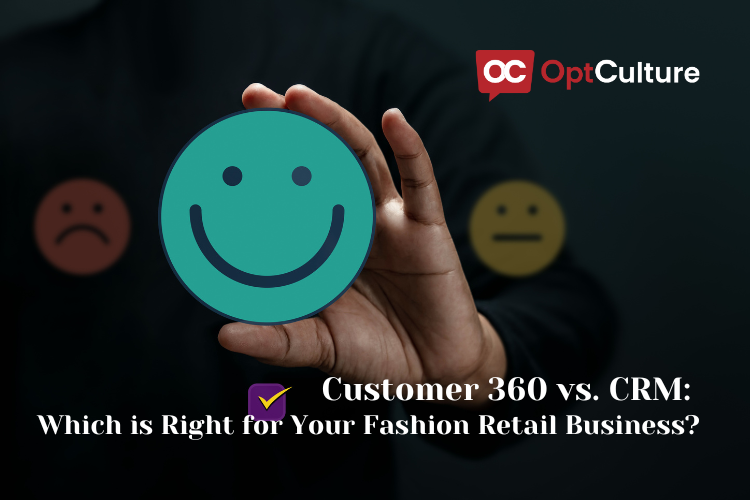
In the fashion retail industry, Customer 360 and customer relationship management (CRM) are two important strategies for managing customer relationships and driving better results. In this article, we will explore the differences between Customer 360 and CRM, and discuss which is the right strategy for your fashion retail business.
Customer 360 and CRM are similar in that they both involve the use of customer data to create a comprehensive view of your customers, and use that data to drive better results. However, there are some key differences between Customer 360 and CRM that are worth noting.
The key differences between Customer 360 and CRM:
Scope of the data that is collected and analyzed: Customer 360 involves the collection and analysis of data from a wide range of sources, including customer interactions, transactions, and feedback, as well as external data sources, such as social media and market research. CRM, on the other hand, typically focuses on data from customer interactions and transactions, and is often limited to data collected by the business itself.
Focus of the strategy:
Customer 360 is focused on creating a comprehensive view of the customer, and using that data to drive personalized experiences and marketing campaigns. CRM, on the other hand, is focused on managing customer relationships and driving customer loyalty and retention. While Customer 360 and CRM are often used together, they have different goals and objectives, and can be applied in different ways.
Conclusion:
Customer 360 and CRM are two important strategies for managing customer relationships and driving better results in the fashion retail industry. Customer 360 involves the collection and analysis of data from a wide range of sources, and is focused on creating personalized experiences and marketing campaigns. CRM, on the other hand, is focused on managing customer relationships and driving customer loyalty and retention. Which strategy is right for your fashion retail business will depend on your specific goals and objectives, and the needs and preferences of your customers.





